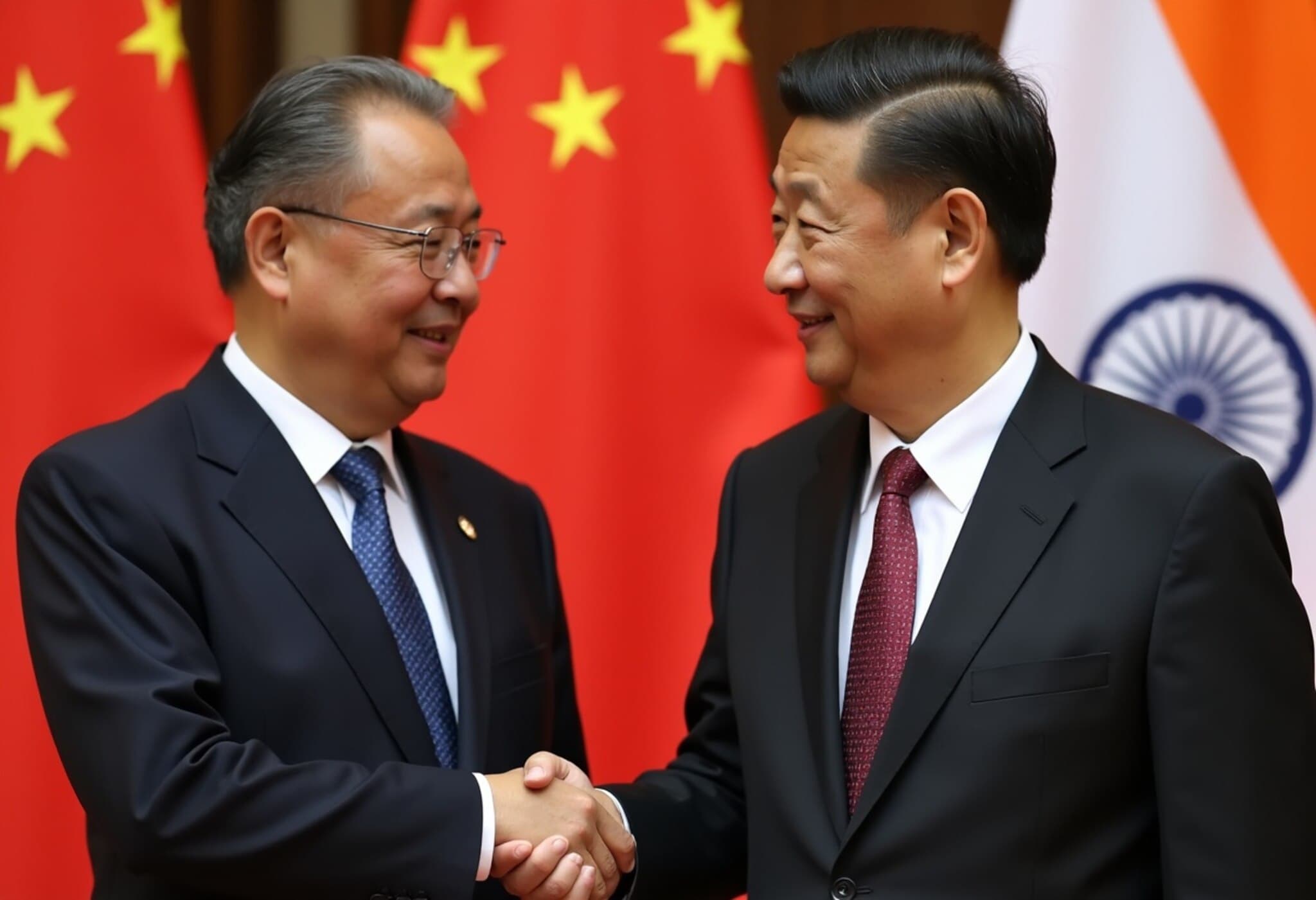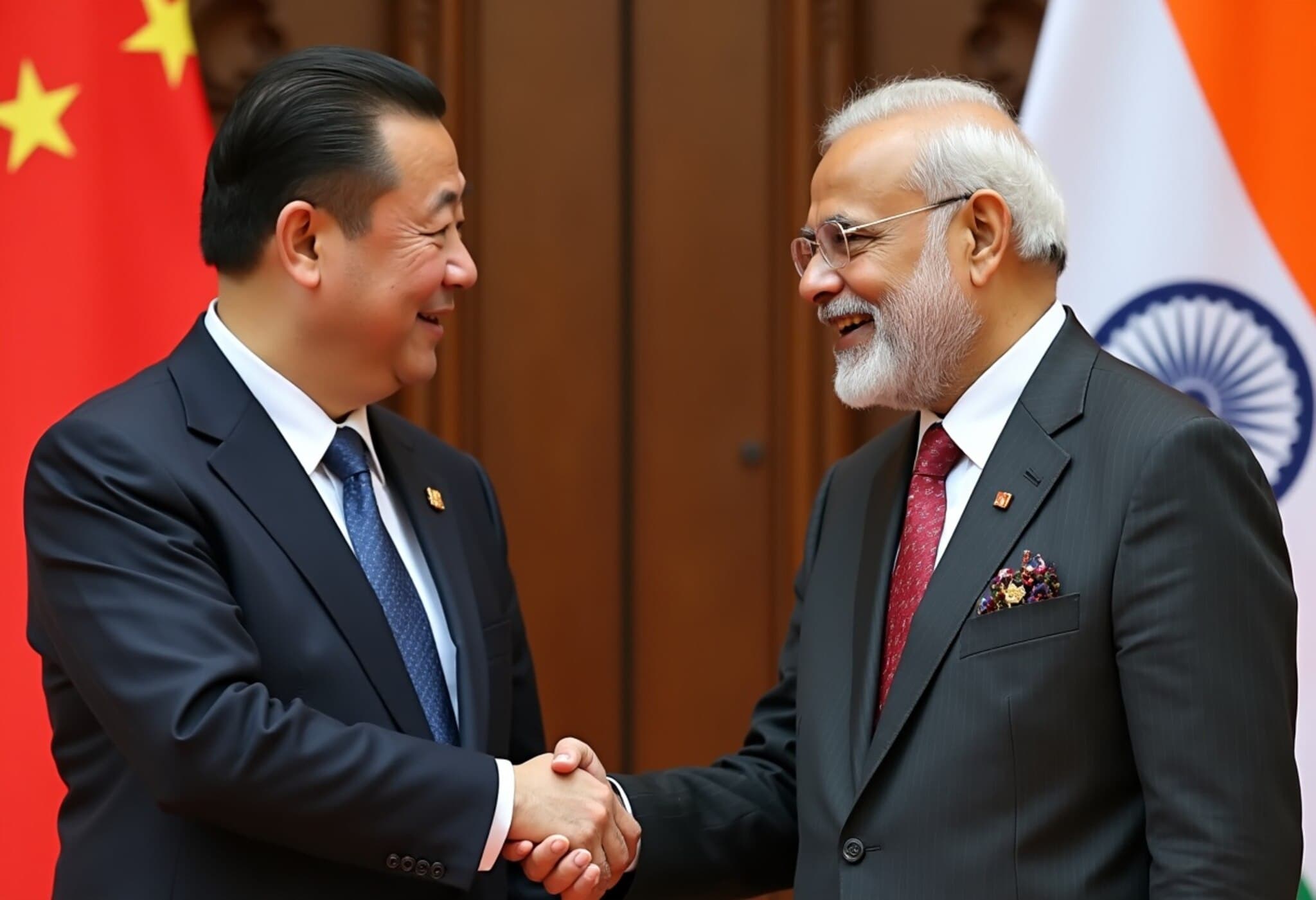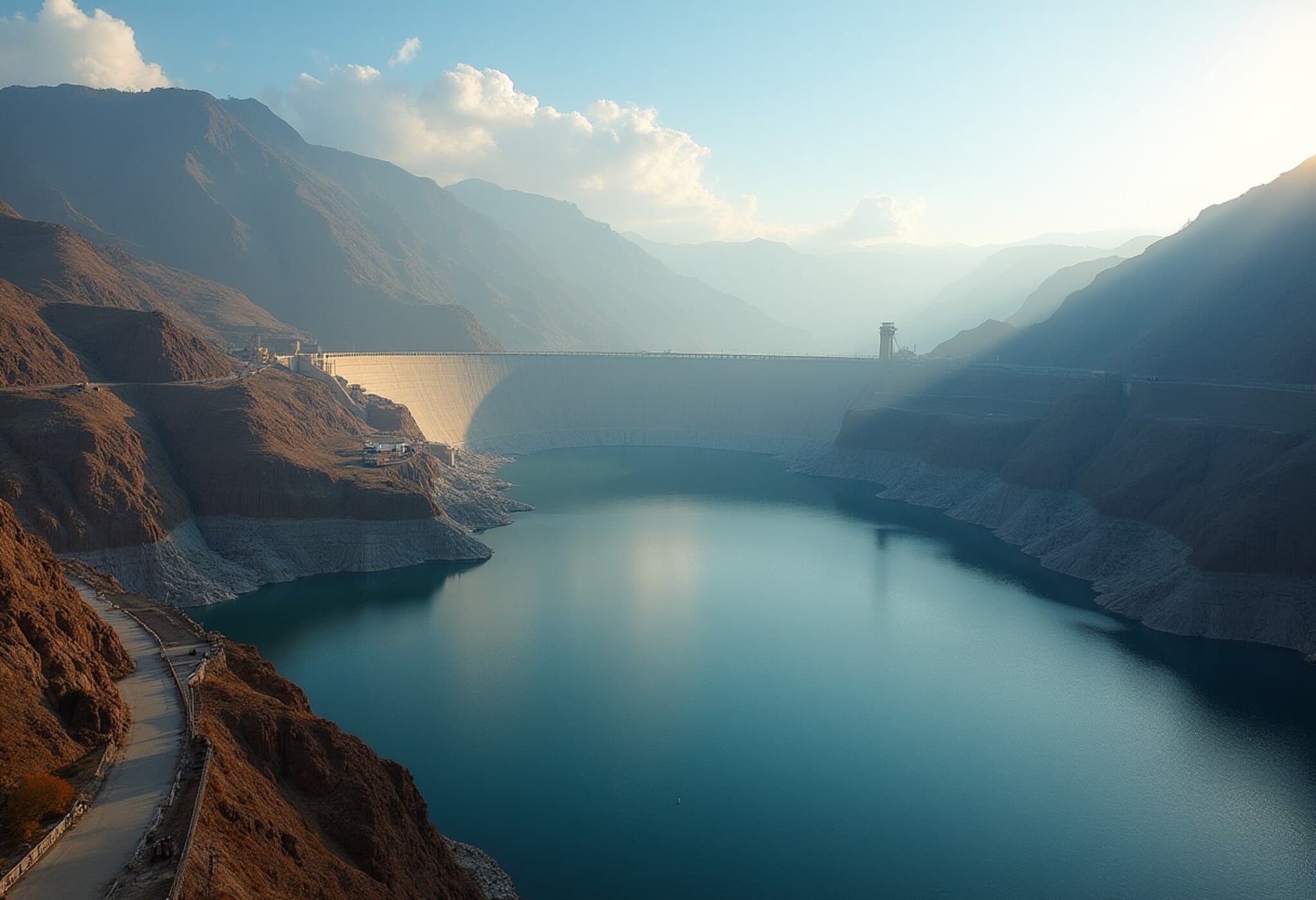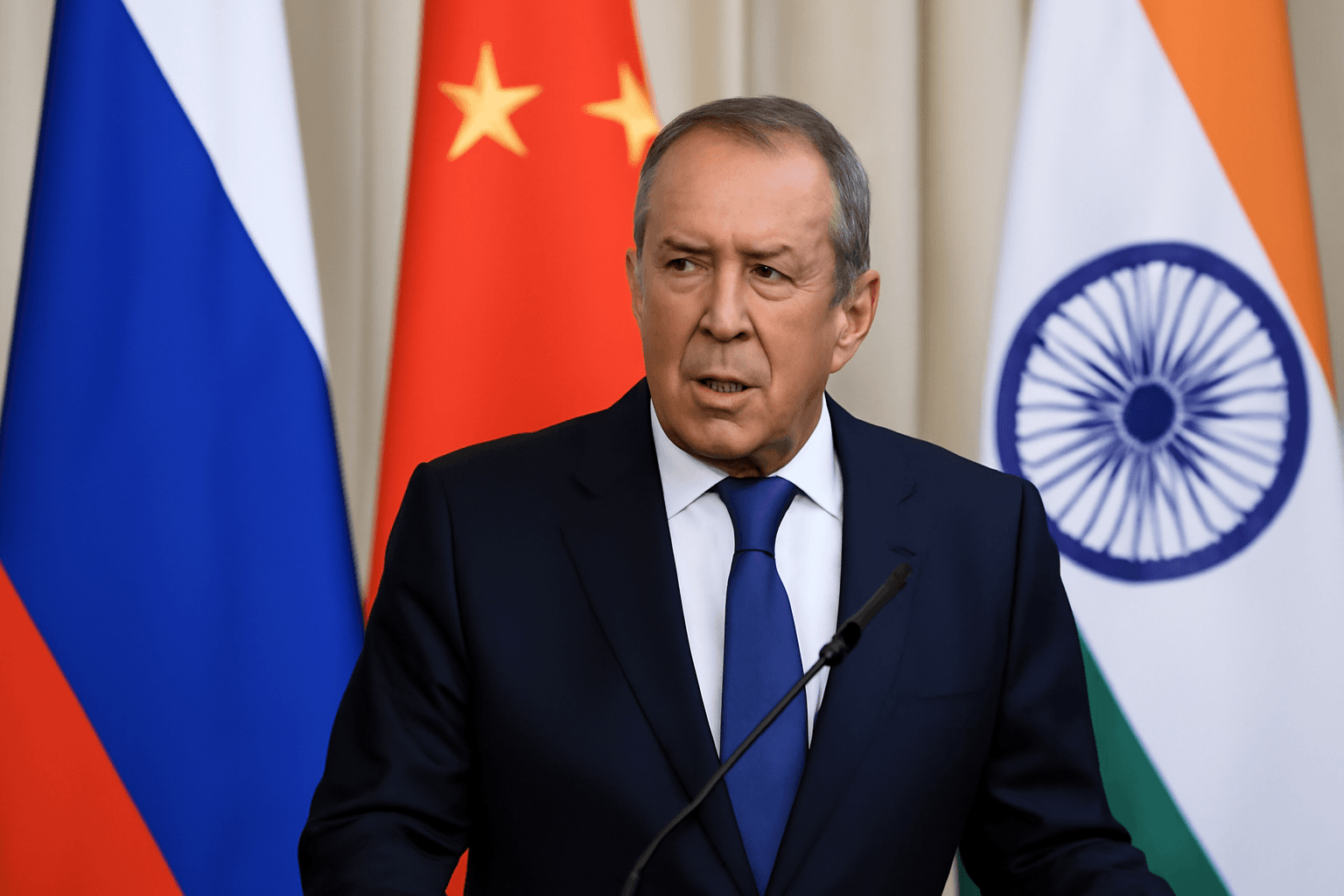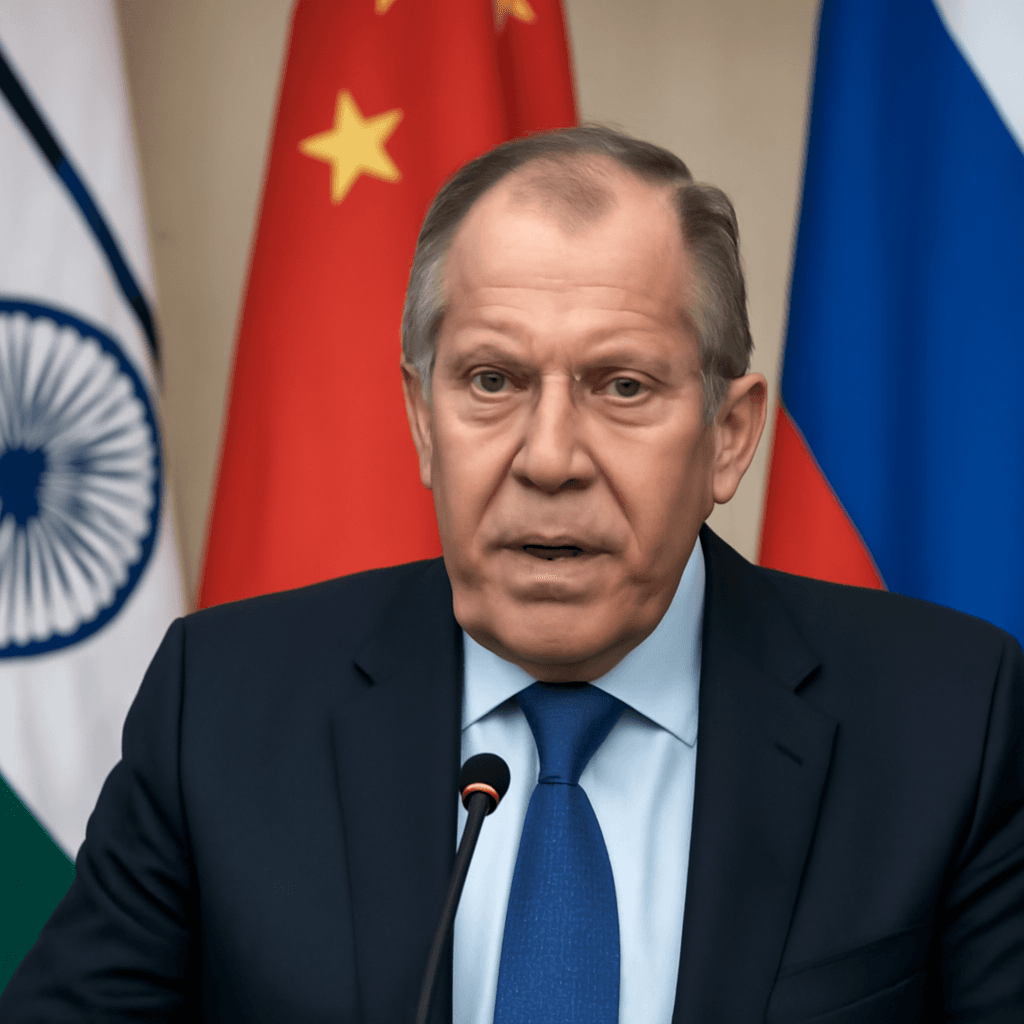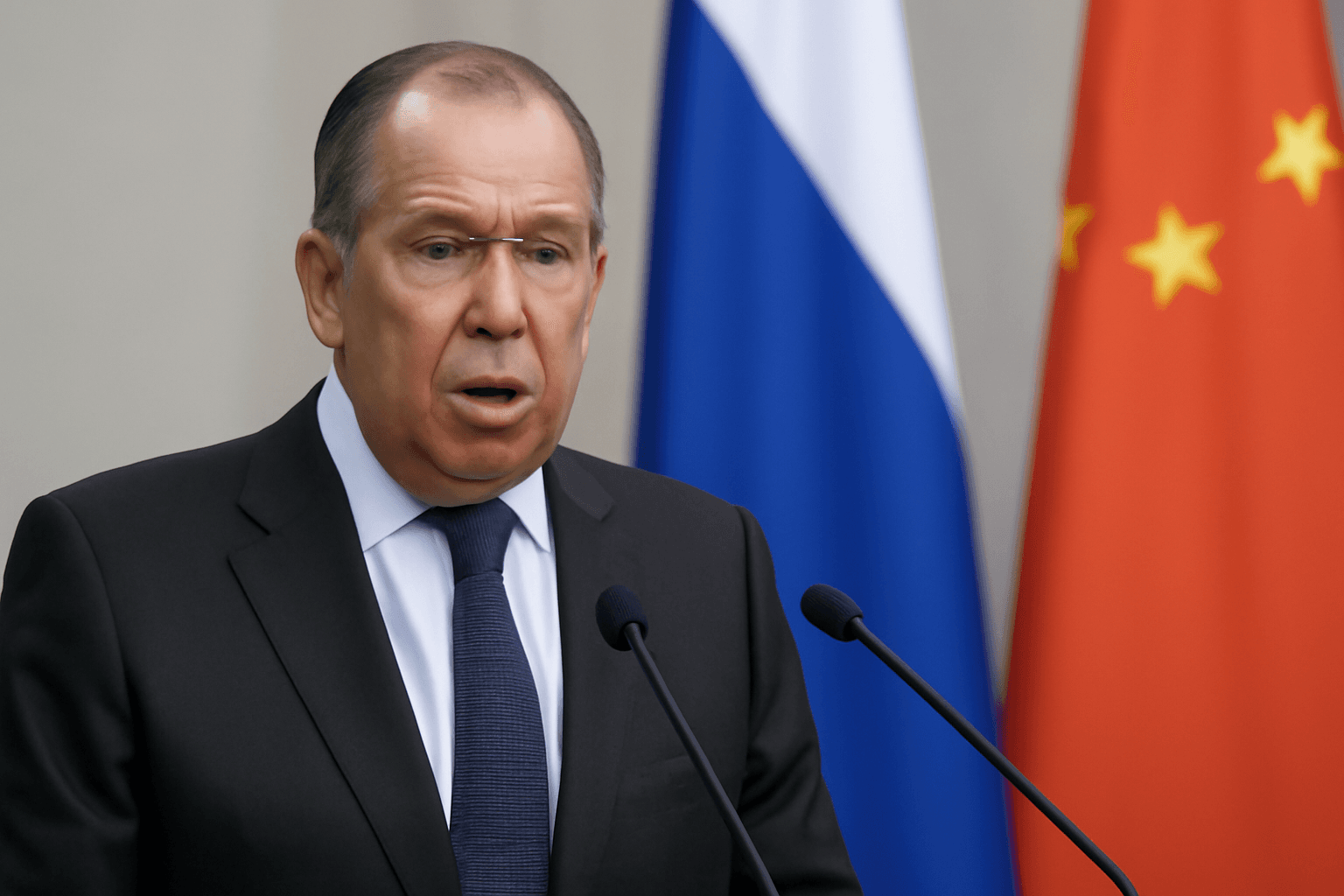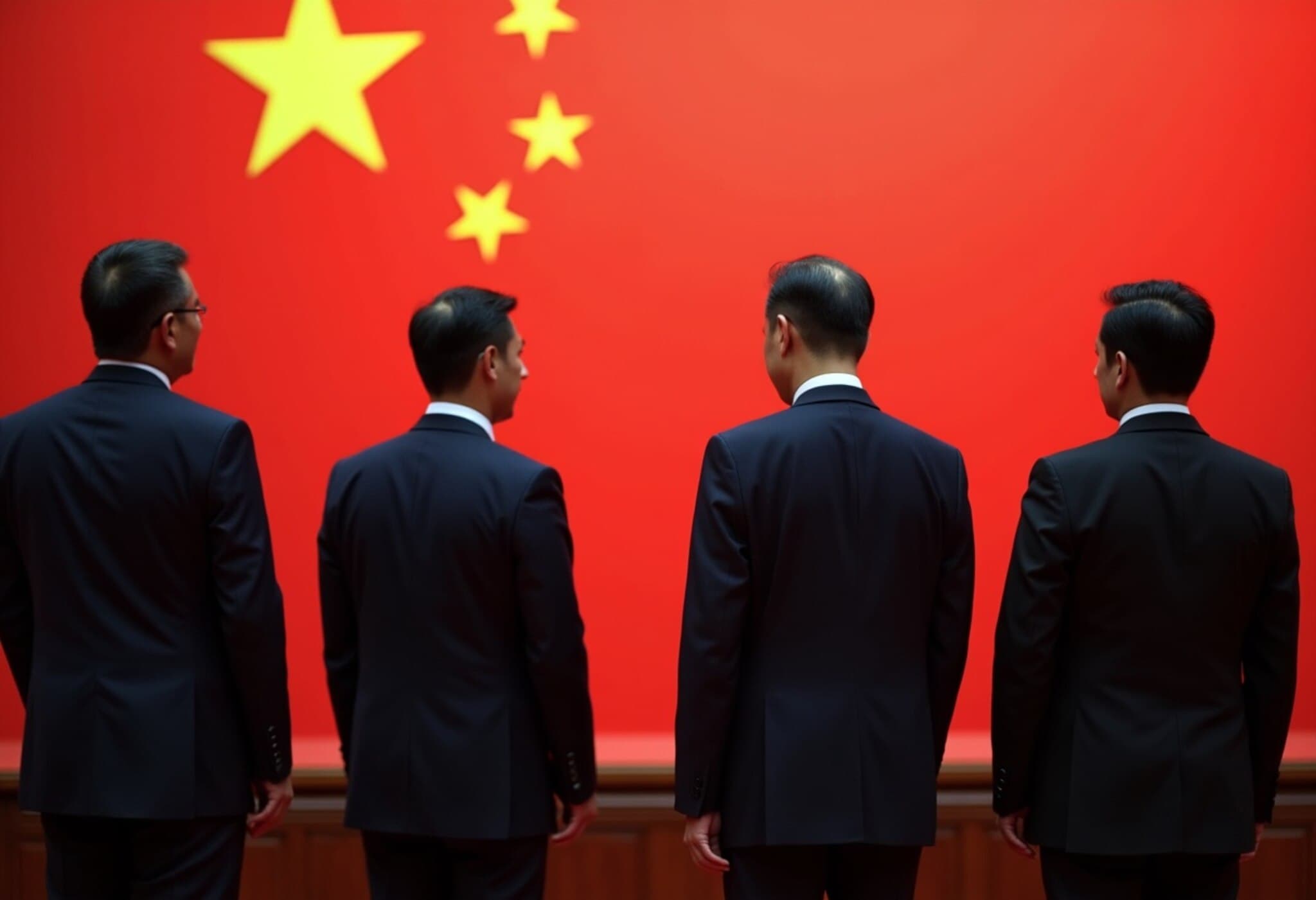India Reopens Tourist Visas to Chinese Nationals, Marking Diplomatic Thaw
In a significant diplomatic development, India has announced it will resume issuing tourist visas to Chinese nationals from July 24, 2025, a move that reverses a five-year-old freeze imposed following the 2020 deadly Galwan Valley clashes. The Indian Embassy in Beijing confirmed this landmark decision on Wednesday, signaling a cautious yet welcome warming of ties amid ongoing efforts to stabilize and normalize relations between the two Asian giants.
Background: The Impact of the 2020 Galwan Valley Clash
The freeze on tourist visas emanated from the brutal confrontation in the Galwan Valley along the Line of Actual Control (LAC) in eastern Ladakh in June 2020. This incident marked the first deadly clash between Indian and Chinese troops in over four decades, resulting in the tragic deaths of 20 Indian soldiers and multiple Chinese casualties. The intense hand-to-hand combat without firearms underscored the fragility of the border situation and ignited a prolonged military standoff.
Steps Towards Diplomatic Engagement and People-to-People Connect
This year has seen a notable thaw in bilateral relations, rooted largely in the high-level diplomatic meetings that laid the groundwork for restoring connectivity. Earlier in 2025, both countries agreed in principle to restart direct flights, resume issuing visas, and reopen the sacred Kailash Mansarovar Yatra pilgrimage routes for Indian devotees.
The recent announcement aligns with these broader confidence-building measures. Indian Foreign Secretary Vikram Misri’s recent two-day visit to Beijing, accompanied by intensive talks with his Chinese counterparts, further underscores the mutual desire to nurture people-centric initiatives and create stable channels of dialogue.
Strategic Diplomacy and Bilateral Mechanisms
This resumption follows understandings developed during Prime Minister Narendra Modi’s meeting with Chinese President Xi Jinping at last October’s BRICS summit in Kazan. Subsequent engagement between External Affairs Minister S Jaishankar and top Chinese officials, including President Xi and Foreign Minister Wang Yi during the Shanghai Cooperation Organisation (SCO) summit, emphasized the need for steady and long-term approaches to border management and restoration of normal ties.
Key policy steps still in focus include reviving the India–China Expert Level Mechanism for cooperation on hydrological data sharing concerning trans-border rivers — an issue vital for regional stability and environmental management.
From Military Standoff to Economic Realignment
The aftermath of the Galwan clashes saw India adopt a multi-pronged strategy encompassing military reinforcement, diplomatic negotiations, and economic recalibrations. India boosted troop deployments in strategic locations across eastern Ladakh, expedited infrastructure projects such as the Darbuk–Shyok–DBO road to enhance military logistics, and pursued phased disengagement protocols along contested border points.
Economically, India took definitive measures to protect its sovereignty by banning over 300 Chinese mobile applications and tightening scrutiny over Chinese investments, marking a shift in strategic economic policies.
Expert Insight: Why Tourist Visas Matter Beyond Travel
Tourist visas are more than just permits for leisure; they symbolize trust, openness, and people-to-people diplomacy between countries wary of past conflicts. Reinstating tourist visas enables cultural exchange, fosters mutual understanding, and injects optimism into bilateral relations that have long been marred by suspicion and skirmishes.
From an American policy analyst’s perspective, this renaissance indicates India’s nuanced balancing act — enhancing security and asserting sovereignty while gradually embracing diplomatic normalization with its powerful neighbor. This dual strategy is critical in maintaining regional stability in Asia, particularly against a backdrop of shifting global power dynamics and emerging economic corridors.
Looking Ahead: Challenges and Opportunities
- Cross-border trust-building: The success of visa resumption hinges on sustained diplomatic dialogue and conflict prevention along the volatile border.
- Economic interdependence: Despite security concerns, a calibrated approach towards mutual trade and investment could yield long-term benefits.
- Regional security architecture: India and China’s engagement affects broader frameworks such as the SCO and regional hydrological cooperation affecting millions downstream.
- Cultural engagement: Restarting pilgrimages and tourism can serve as soft power levers for peace and deeper people-to-people connections.
Editor’s Note
India’s decision to resume tourist visa issuance for Chinese nationals marks a hopeful chapter in what has been one of Asia’s most complex geopolitical relationships. While the scars of the 2020 Galwan Valley clash remain fresh, this cautious approach towards reopening borders for travelers is emblematic of a wider desire to de-escalate tensions and rebuild trust. However, the road ahead demands sustained diplomacy, vigilance, and mutual respect. This development also invites further reflection on how tourism and cultural exchanges can act as bridges even when strategic rivalry persists. Readers are encouraged to watch closely how these initial steps may influence broader regional security and economic trends in South Asia.




